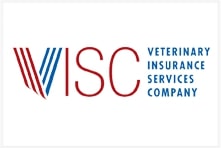Veterinarians are allowed up to six units and RVTs are allowed up to four units per renewal cycle of self-study courses. Self-study is a form of orderly learning that does not offer participatory instruction between the attendee and an instructor during the instructional period. Self-study may include:
- Independent study, reading journals, viewing video recordings or listening to audio recordings [CCR 16, Section 2085(f) for veterinarians and Section 2086(d) for RVTs].
- Pro bono spay/neuter services at a qualified animal control agency or shelter [BPC 4846.5(b)(2)(B)].
The CVMB defines self-study as: “…courses [that] are performed at a licensee’s residence, office, or other private location. Self-study includes viewing videotapes, listening to audio tapes, or journal reading, non-interactive online learning, etc. This also includes ‘correspondence online courses’. Licensees self-certify these hours by listing the various type of self-study they have completed.”






